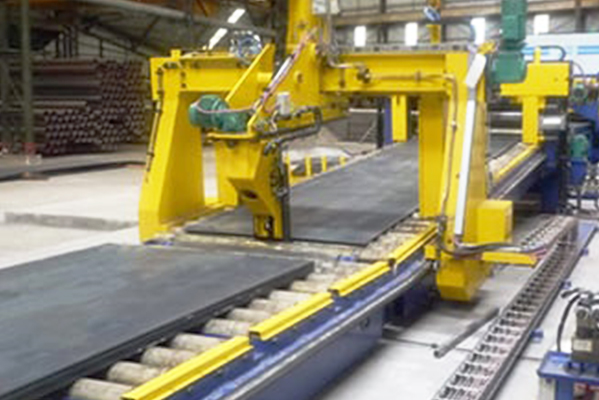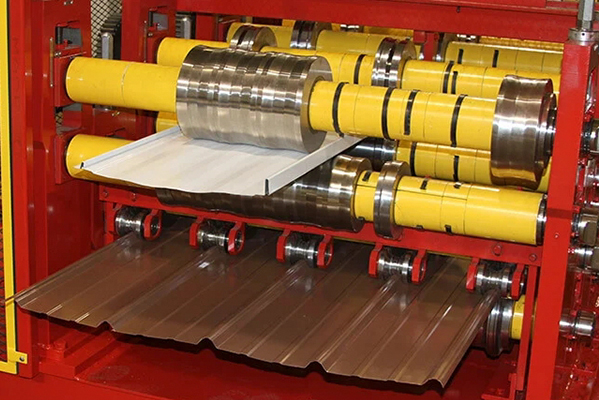Navigation Menu
Contact Us
- Email:
- info@wxavatar.com
- Address:
- Yurong Village, Yuqi Street, Huishan District, Wuxi, China.
Release Date:Apr 24, 2025 Visit:56 Source:Roll Forming Machine Factory
Machines are everywhere in our daily lives, from cars to washing machines to smartphones. But have you ever wondered how they actually work? Let’s break it down in simple terms.
The Basic Idea
At their core, most machines are designed to make tasks easier by changing or transferring energy. They take some kind of input (like electricity, fuel, or human effort) and turn it into useful output (like movement, heat, or computation).

Key Parts of a Machine
1.Power Source – Machines need energy to run. This could be electricity from a battery, fuel like gasoline, or even manual power (like a hand crank).
2.Mechanisms – These are the moving parts that do the work, such as gears, levers, or motors. They help control how the machine operates.
3.Control System – Many machines have switches, buttons, or even computer chips that tell them what to do.
4.Output – This is the result, whether it’s a spinning fan, a moving car, or a printed document.
Examples of Simple Machines
Lever – A seesaw or crowbar uses a pivot point to lift things with less effort.
Pulley – A flagpole uses a wheel and rope to make lifting easier.
Gear – Bicycles use gears to change speed and force when pedaling.
How Complex Machines Work
More advanced machines, like cars or computers, combine many simple parts. For example:
A car engine burns fuel to create motion.
A washing machine uses a motor to spin clothes and water to clean them.
A smartphone uses electricity to process information and display images.
Why Machines Are Useful
Machines help us do things faster, with less effort, or in ways humans can’t do alone. They don’t get tired, and they can repeat tasks precisely.

Final Thought
While machines come in all shapes and sizes, they all follow the same basic idea: take input, process it, and produce output. Understanding this helps us use and improve them better.